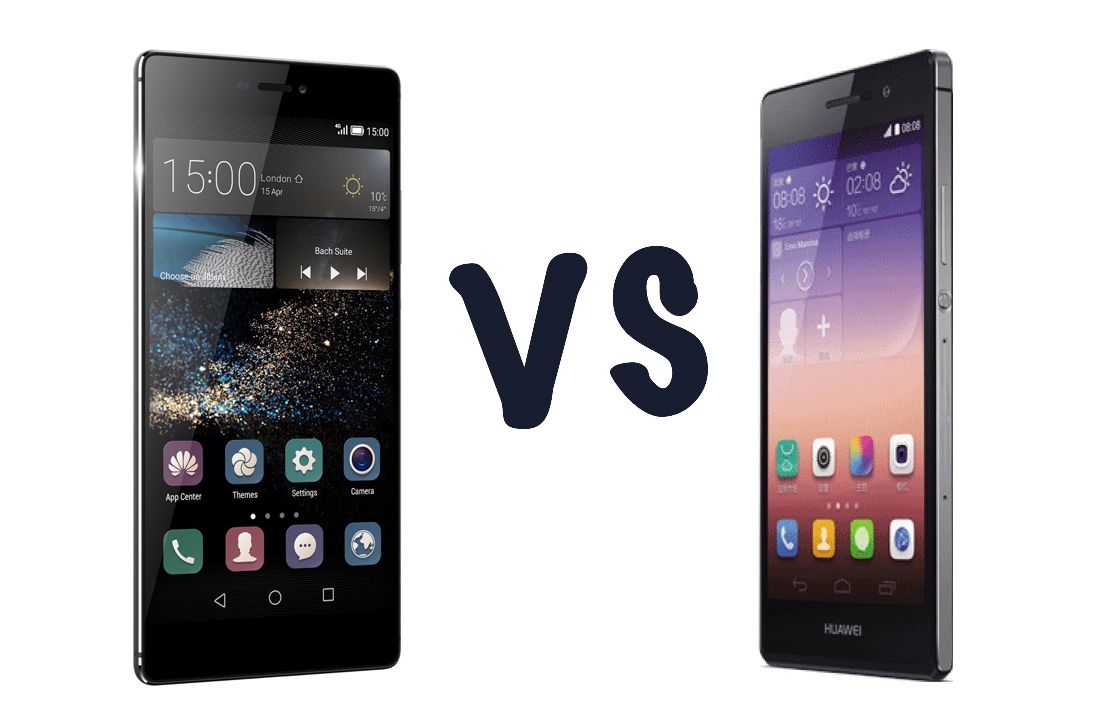Huawei offers high spec smartphones for lower prices than the competition. It's pushing its smartphone quality to a higher level with the new P8.
The Huawei P8 is thinner with a bigger screen and better camera – but the improvements don't stop there. Despite dropping the Ascend name it's on the up.
Huawei is aiming to compete with the best of the best with its P8 flagship handset. So how has it improved on last year's P7?
Built for quality
The Huawei P8 is an all metal unibody, yes like the Galaxy S6 or One M9. Despite the higher build quality and cramming in top-end specs the P8 is 6.4mm thin making it a bit thinner than the P7 which stood at 6.5mm.
Huawei says the "triple-layer shark-gill design enhances reliability and robustness" of the P8 over that offered by the P7.
Top class screen to body ratio
Huawei says the P8 offers the best screen to body ratio out there with a 5.2-inch 1080p 424ppi screen crammed into a body that has a mere 1.5cm bezel.
The P7 offered a 441ppi resolution on its 5-inch display so the P8 has increased in size without improving resolution, hence the drop in pixels per inch.
Camera level-up
The 13-megapixel camera in the Ascend P8 promises not only to beat the P7's 13-megapixel effort but to be better than the competition. Huawei showed off lots of shots where it looked better than the iPhone 6.
The new camera uses "industry-leading" optical image stabilisation of up to 1.2 degrees which should result in far better low light photography as well as less blur in shots.
The P8 camera also features the world's first RGBW sensor which should result in a 32 per cent brightness jump and "DSLR-level independent image processor enabling noise reduction".
The camera will also feature enhanced auto white balance and auto HDR as well as four pro-quality low-light modes.
Improved power and connectivity
The P8 is powered by a 64-bit HiSilicon Kirin 930 octa-core processor and backed by 3GB of RAM and 16GB storage. This should make it fly along compared to the P7 which was limited to a quad-core and 2GB of RAM but also had 16GB storage.
The P8 is also better for connectivity over the P7 as it not only offers dual SIM but is also 4G for both of them meaning ultra fast connections. The P8 uses what Huawei calls Signal+ connectivity which uses dual antennas to offer seamless connectivity.
Battery enhancement
That larger screen has meant power needed a boost in the battery department too. The P7 had a 2,500mAh battery but the P7 has been bumped up to 2,680mAh.
Presuming the octa-core processor is more efficient that should mean a longer battery life. Of course the larger screen may chew a little more power but we'd expect it to last longer than the P7.
Operating system
The Huawei Ascend P7 came with Android 4.4 KitKat with Huawei's Emotion UI 2.3.
The Huawei P8 comes with Android 5.0 Lollipop and Emotion UI 3.1.

